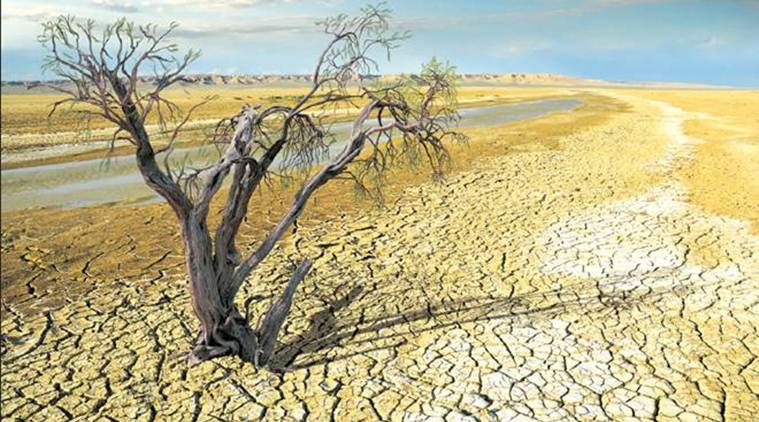 Temperature data gathered for the period between 1951 and 2018, from a total of 395 weather stations across India, suggests that approximately 70 per cent stations showcased warming trends in the last four-and-a-half decades.
Temperature data gathered for the period between 1951 and 2018, from a total of 395 weather stations across India, suggests that approximately 70 per cent stations showcased warming trends in the last four-and-a-half decades.
The average frequency of hot days, and the geographical area where hotter conditions were recorded, have increased by 24.7 per cent over India, according to a new study that traced heat extremes from 1951. This trend was particularly noted during peak summer — in the months of April, May and June — from 1976 till recent years.
Temperature data gathered for the period between 1951 and 2018, from a total of 395 weather stations across India, suggests that approximately 70 per cent stations showcased warming trends in the last four-and-a-half decades. Such soaring number of hot days was not noted during the initial decades, from 1951 to 1975.
“Most warming trends have emerged from areas located along both the east and the west coast of India,” said researchers. The increasing hot days, they said, were mainly caused due to greater amounts of direct sun rays that hit the land due to clear sky conditions. “Higher anomalies were observed in positive geopotential levels at certain altitudes in the atmosphere, which were recorded from the northern parts of India. Here, reduction in precipitable water was yet another contributor, one that led to the formation of a heat sink, that is, where large amounts of heat remain trapped. This results in overall hotter conditions in the region,” said an expert.
However, the research team, led by scientists at the Indian Institute of Tropical Meteorology (IITM), found no significant change in temperatures reported from the Indo-Gangetic plains. The Indo-Gangetic plains is among the most heavily irrigated regions in India. Thus, the surface heat levels were found to be rightly balanced, mainly due to the continuous vegetation through cultivation and irrigation practices, the study explained.
Besides warming trends recorded globally, the scientists also pointed out the depleting moisture levels in soils, noted particularly in the last two or three decades of the 20th century. “The depletion of soil moisture has resulted in greater proportion of latent heat over most parts of the country,” said the researchers.
Yet again, the relatively higher moisture levels along the Indo-Gangetic cultivable plains stood out from the other regions of the country. “The vast expanses of cultivation could have helped mitigate the rising heat levels in the region,” noted the collaborative study with experts from Abdus Salam International Centre for Theoretical Physics, Italy, and King Abdulaziz University, Saudi Arabia.